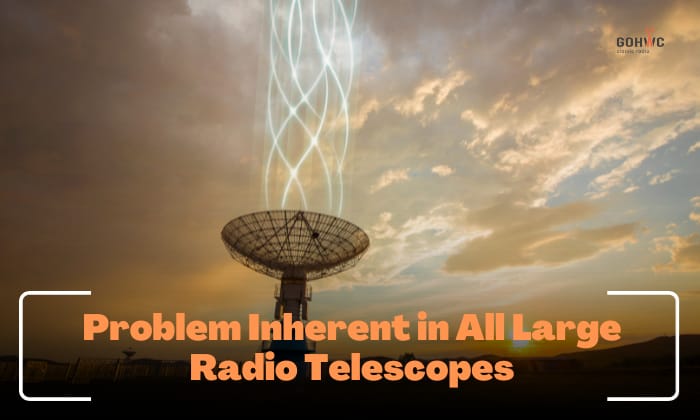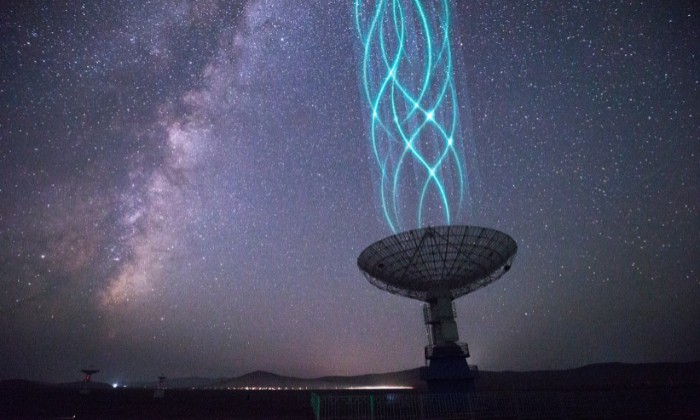If you’re learning astronomy at school, you likely came across the question: Which of the following is a problem inherent in all large radio telescopes?
- A. Radio telescopes have poor resolution due to the long wavelengths of radio waves.
- B. Poor seeing and atmospheric turbulence have a significant negative impact on them.
- C. Their waves are blocked by water vapor, so they must be located in deserts.
- D. The dust clouds in the Milky Way block almost all wavelengths except light.
If you choose A, you are correct. Radio telescopes have poor angular resolutions due to long radio waves. However, if you choose B, you are wrong.
Keep reading to learn more about the inherent problem in all large radio telescopes as per astronomical observations.
As extras, we will talk about how larger radio telescopes work to give you a better grasp of their functionality. Let’s dive right in!
How Do the Long Wavelengths of Radio Waves Limit Resolution
Here’s how the long wavelengths of radio waves limit resolution:
- Radio waves bend through an object or aperture, causing the waves to spread out. This reduces the resolution of the resulting images and makes it difficult to capture finer details.
- Interference From the Atmosphere. Radio waves can be deflected, absorbed, or scattered by the Earth’s atmosphere, distorting signals and reducing image resolution. Keep in mind that the Earth is not as transparent to radio waves as it is to light.
- The Size of the Aperture. The size of the aperture determines the resolution of a radio telescope. The resolution is calculable by dividing the wavelength of radio waves by the aperture’s effective diameter, then multiplying the results by 1.22.
- Interference From Other Communication Systems. Cellphone towers and satellites can block radio signals, reducing the resolution.
Conclusion
The inherent problem of all large radio telescopes lies in their poor resolution, majorly brought by the long wavelengths of the radio waves. This limitation is dependent on the size of the aperture, as well as interference from other communication systems and diffraction.
Despite these challenges, telescopes play a vital role in detecting and collecting radio waves from celestial sources.
Now that you know which of the following is a problem inherent in all large radio telescopes, you can find ways to improve your resolution.

Hi there! I am Howe, and I am the founder of G0HWC. I have been a radio enthusiast for as long as I can remember. I live and breathe radio, always taking the chance to blabber about it when customers seek my radio mechanic services.
Five years into working as a radio mechanic, I realized that most people struggle to fully understand the different complex aspects of owning and using a radio, though they understand the importance of having one.
And it dawned on me: I can put my blabbering to good use!
I started G0HWC to blabber all I want and help others who are not yet well-versed in radio language in doing so.


